A simple Excel method of inserting blank rows every other row has so much knowledge. Whether you want to insert several rows every few rows, this tutorial has the answer you want. These seemingly complicated situations can actually be solved with just some sorting and positioning skills. Isn’t it exciting? Hurry down and see how to batch insert rows in Excel!

When it comes to how to batch insert rows in Excel, the first thing many people think of is salary slips. Yes, you do need to insert blank rows when making salary slips, but besides salary In addition to strips, there are many places where the technique of inserting blank lines is used. In comparison, the method of making salary strips is already the most basic skill. So where can you use inserting blank lines, and what are some useful techniques? Today I will bring you a special topic on Excel interlaced rows. Don’t just ignore the practice!
1. Insert every other row in Excel
Let’s use the salary stub as an example. I believe this method is familiar to everyone, it is the auxiliary column. The sorting method inserts blank rows. Please see the animation demonstration for the specific operation:
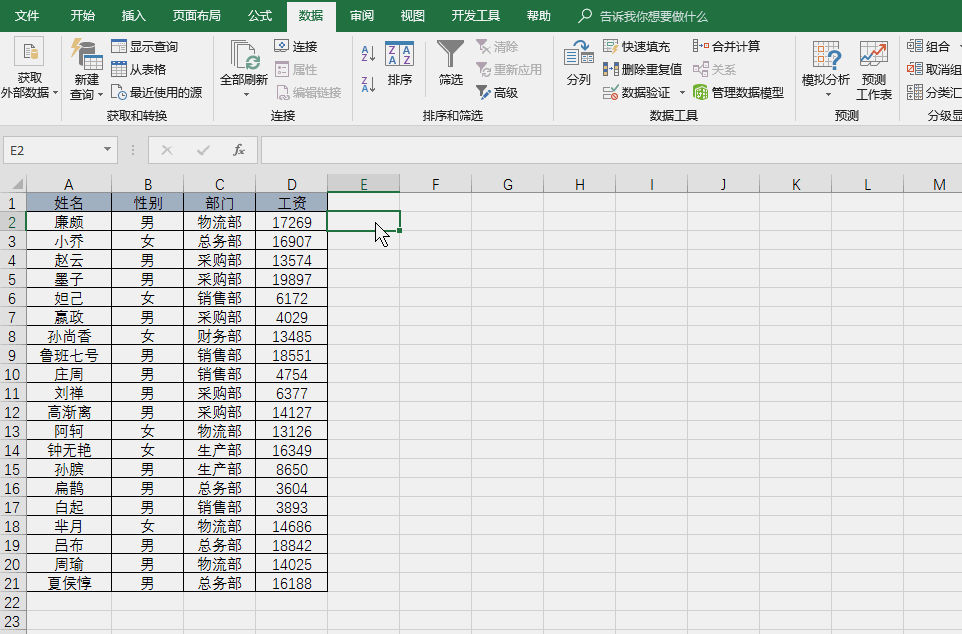
#The operation steps are also relatively simple. Insert a column of sequential numbers, copy it once, and then sort to complete the operation ( Today we focus on the method of inserting blank rows, and the method of filling data will not be considered).
2. Insert two rows every other row in Excel
The next step is to upgrade the difficulty. The header of some salary slips is not one row but two rows. At this time, you need to insert two blank rows in batches. Let’s take a look at the animation demonstration:
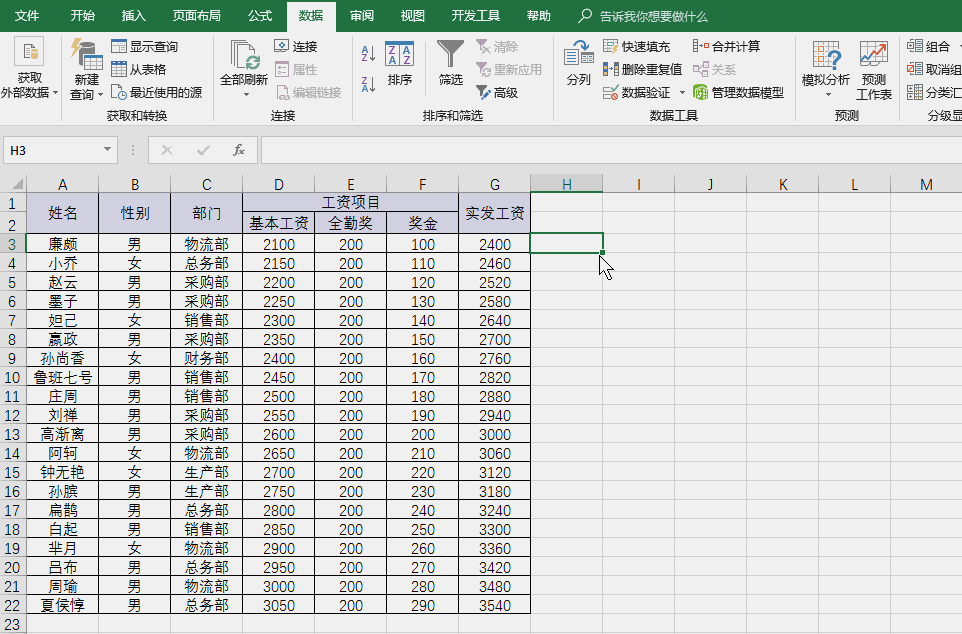
Compared with the previous operation, when only copying the sequence number Just one more time. Through these two examples, we can also summarize a rule. When inserting multiple rows every other row, you need to insert several rows and copy the sequence number a few times.
3. Insert a row every other row in Excel
Sometimes we need to insert a blank row between multiple rows in our table, such as the following This data requires inserting a blank row every four rows:

The operation at this time is different from the previous one. The key point of the operation is to insert the blank row below the position. Enter 1, and then select four cells (if you are inserting every five rows, select five cells here):
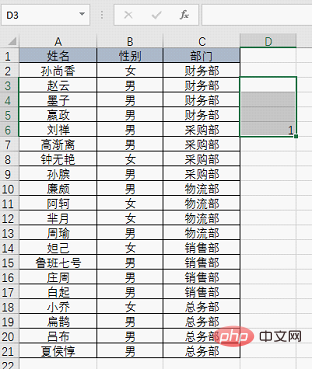
Double-click to fill and then use the positioning function to complete the batch insertion of blanks OK, watch the animation demonstration for detailed operations:
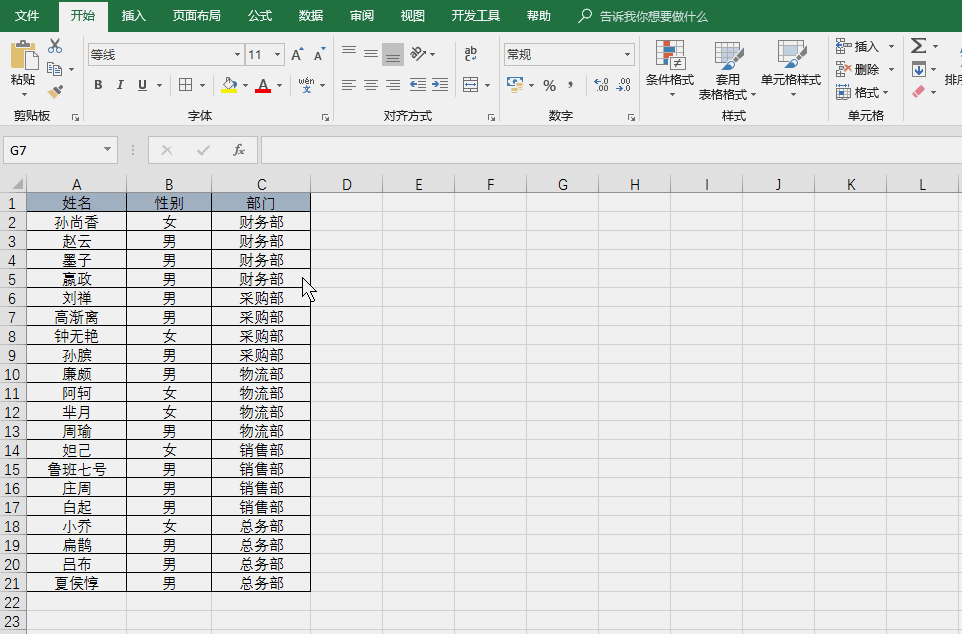
Some students may ask, what if two rows are inserted every four rows?
It's very simple. Enter two 1's below the position where you want to insert a blank row, then select four cells, double-click to fill it and use positioning to insert a blank row:
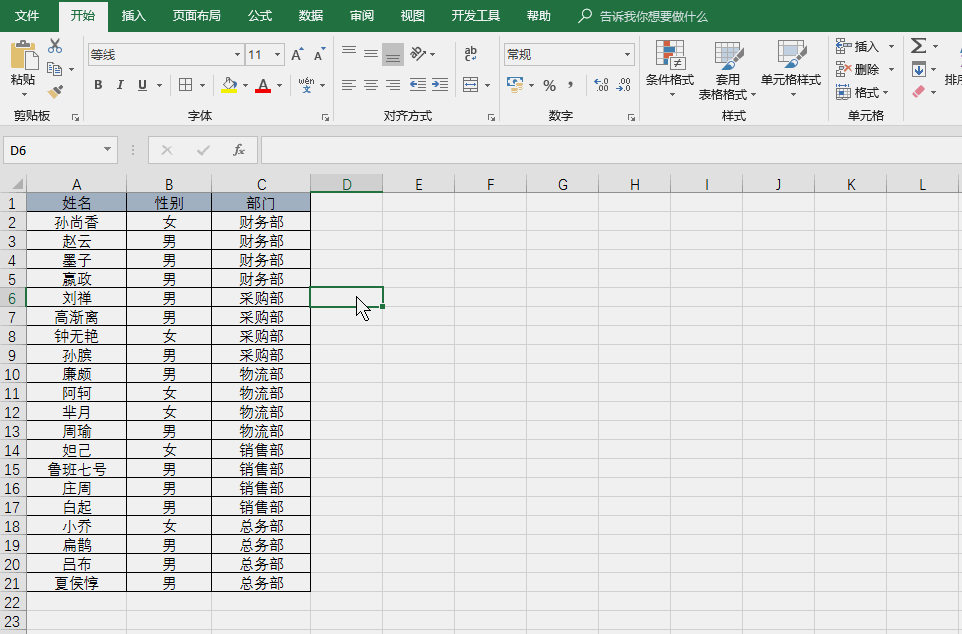
Careful friends may find that in the example just now, each department has four lines. If the number of lines in the departments is different, what should we do if we want to insert blank lines between different departments?
4. Insert a blank row after the same item in Excel
For example:
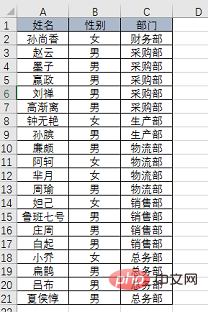
When the number of separated lines is different, the previous methods cannot be used, but you can still use the positioning function to achieve it:
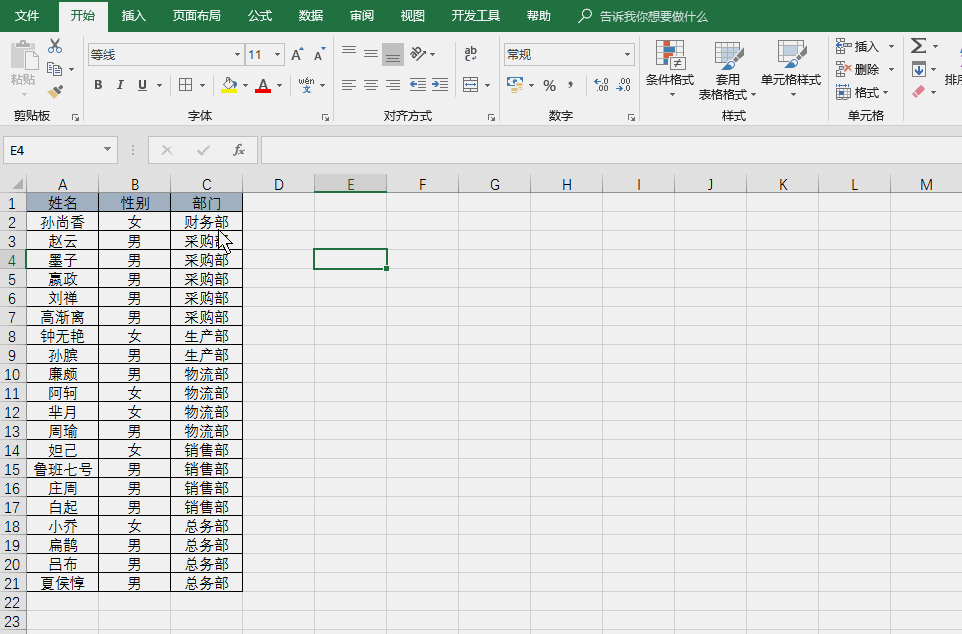
Summary: Passed In the above examples, you may have noticed that we did not use any formulas and relied entirely on operations to solve the problem, and we did not use any difficult operation skills. The most commonly used ones are sorting and positioning, and we can use the most basic functions to solve the problem. Solving the problems we encounter in actual work is the purpose of everyone's study.
It needs to be emphasized that for some common problems, you should be good at discovering patterns and be able to draw inferences from one instance to other cases, so that you can get twice the result with half the effort. Today I have summarized various techniques for inserting blank lines, which are actually three types of problems:
1. Insert multiple rows every other row: use auxiliary columns and sorting to solve the problem; if you need to insert several rows, copy the sequence several times.
2. Insert multiple rows at multiple intervals: use auxiliary columns and positioning to solve the problem; if you need to insert a few rows, enter a few 1's; if you want to separate several rows, select a few cells and then fill in the sequence.
3. Insert a blank row after the same item: Use positioning-row content difference cells to solve the problem.
Have you learned everything?
Related learning recommendations: excel tutorial
The above is the detailed content of Excel skill sharing: Let's talk about how to insert blank rows in batches. For more information, please follow other related articles on the PHP Chinese website!
 Compare the similarities and differences between two columns of data in excel
Compare the similarities and differences between two columns of data in excel
 excel duplicate item filter color
excel duplicate item filter color
 How to copy an Excel table to make it the same size as the original
How to copy an Excel table to make it the same size as the original
 Excel table slash divided into two
Excel table slash divided into two
 Excel diagonal header is divided into two
Excel diagonal header is divided into two
 Absolute reference input method
Absolute reference input method
 java export excel
java export excel
 Excel input value is illegal
Excel input value is illegal




